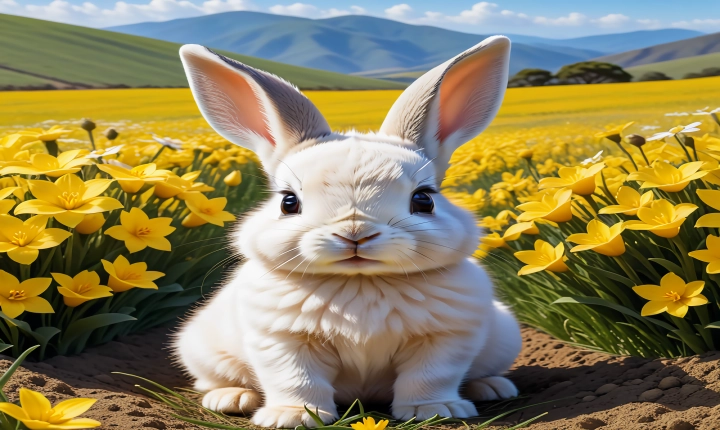Title: The Impact of AI Art on Artists: A New Era of Creativity
In recent years, the rise of Artificial Intelligence (AI) has sparked immense debate and discussion within the artistic community. With the development of AI art tools and techniques, artists are facing a new reality—one that promises to revolutionize the way we create and consume art. But how will this burgeoning technology affect the traditional role of artists and their creative process?
AI technology has the capability to generate artworks, ranging from paintings to music compositions, with stunning realism and originality. This has led to a growing fear among some artists that their livelihoods and creative expressions are under threat. However, rather than being seen as a threat, AI art should be viewed as a powerful tool that can complement and enhance the work of artists.
One of the most significant impacts of AI art on artists is the potential to fuel innovation and creativity. The technology allows for the rapid generation of ideas and concepts, freeing up artists to explore new avenues and push the boundaries of their creativity. With AI, artists can experiment with different styles, techniques, and forms of expression, leading to the development of truly groundbreaking works of art.
Furthermore, the integration of AI art tools in the creative process can act as a catalyst for collaboration between technology and human creativity. Artists can leverage AI to streamline repetitive tasks, such as color matching or pattern generation, allowing them to focus more on the conceptual and emotive aspects of their work. This collaboration has the potential to elevate the quality of art, offering artists new tools to express their vision and emotions with greater depth and complexity.
AI art also has the capacity to democratize the creative process, making art more accessible to a wider audience. By using AI tools, artists can create more efficiently and effectively, reducing the barriers to entry for aspiring creatives. This accessibility can lead to the discovery of new artistic talents and the emergence of diverse and inclusive art communities.
However, it’s essential to acknowledge the concerns surrounding AI art, particularly in terms of ethics and authenticity. As AI-generated art becomes more sophisticated, it raises questions about the originality of the work and the ethical implications of using AI as a creative tool. Artists must navigate the fine line between leveraging AI to enhance their work and preserving the authenticity and uniqueness of their artistic voice.
In conclusion, the impact of AI art on artists is multifaceted, presenting both challenges and opportunities. As artists adapt to the evolving technological landscape, they will need to embrace AI as a partner in their creative journey rather than a threat to their craft. By harnessing the potential of AI, artists can push the boundaries of their creativity, engage in meaningful collaborations, and foster a more inclusive and accessible art community. As AI continues to progress, it is clear that the future of art lies in the harmonious integration of human creativity and technological innovation.
